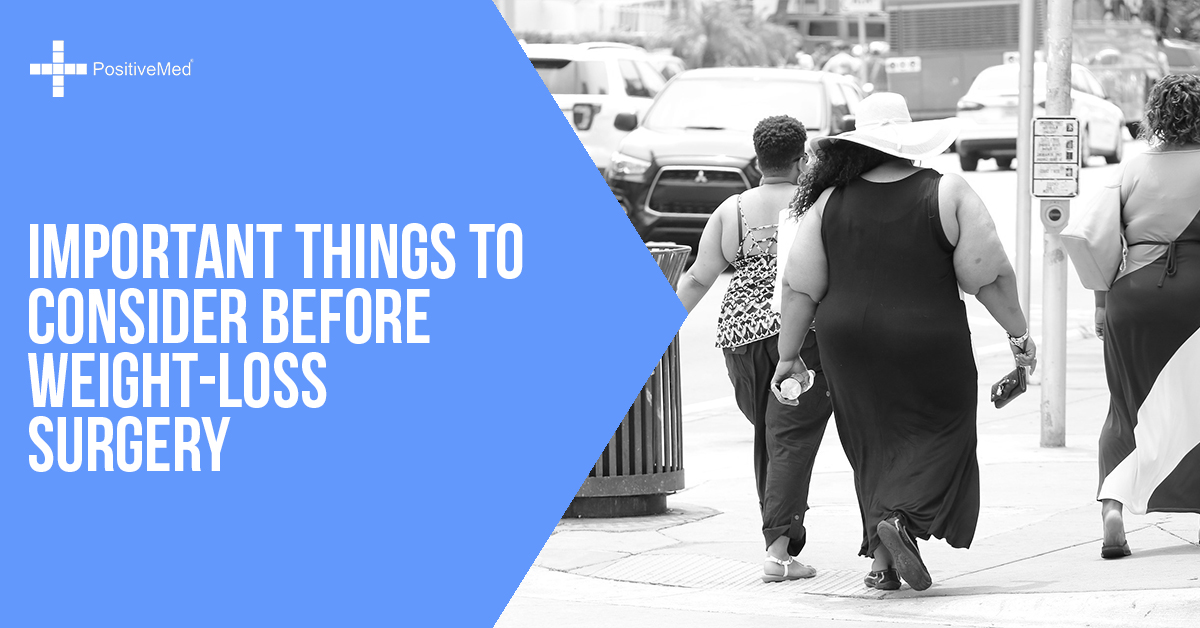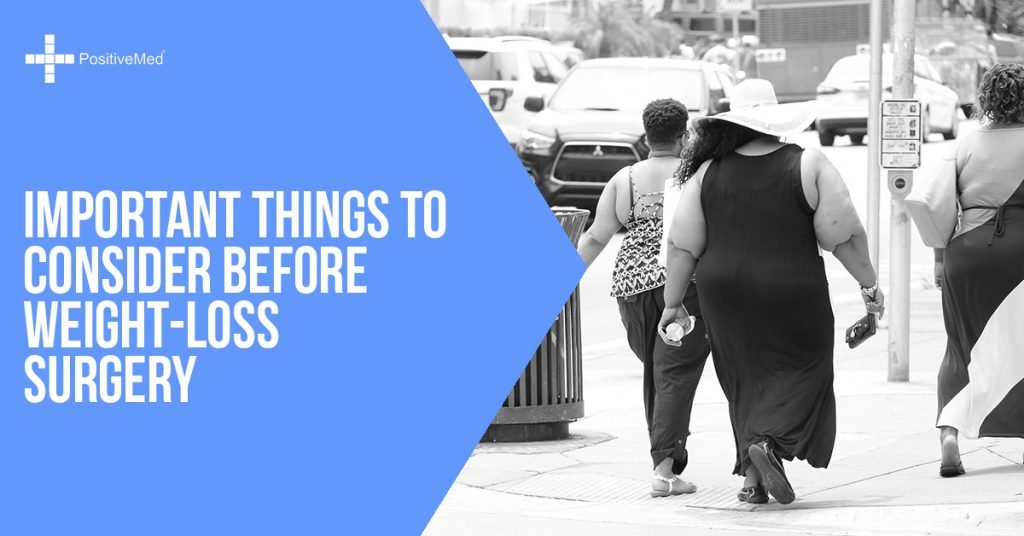Desperate times call for desperate measures, and weight-loss surgery has been highly recommended to shut off the overflow of American obesity and its load of complications.

A third of adult Americans are now classified as obese, and two-thirds are overweight. Some have blood glucose levels considered pre-diabetic, and a whopping 29 million are full-blown type 2 diabetics.
In despair, the American Diabetes Association raised the cry for bariatric surgery to become viable diabetes 2 treatment. The gold-standard for bariatric surgery involves stapling, removing or binding part of the stomach to make overeating just about impossible.
What could go wrong?
Surgery seems the perfect solution, and researchers have tweaked the gold standard staple yet again. A new weight-loss surgical technique this year was approved by the Food and Drug Administration. The procedure involves a thin tube implanted in the stomach which drains food before calories are utilized.
The manufacturer of the device, Aspire Bariatrics, claims that 30 percent of food is drained from the stomach into a receptacle such as a toilet before the food can be converted to fat.
Bulimia involves the same procedure, with vomiting used as the method of calorie control. Some physicians are calling Aspire Assist’s inspiration, “Medically sanctioned bulimia.”
Unfortunately, 17 percent of patients will have serious after-effects from weight-loss surgery to solve obesity, which include intestinal blockages, nutritional deficits, and post-surgical infection.
A well-kept secret says surgery alone isn’t the answer. The research concludes that five years after surgery, nearly half of candidates have regained much of their weight-loss.
Hundreds of pricey medications for blood sugar control, as well as surgical treatments for diabetes and its complications, have been advanced to counter an American shock-wave of obesity.
RELATED ARTICLE: Weight Loss Surgery Comparison
In fact, when pharmaceutical insulin became standard in 1922, the advice to lose weight and modify dietary intake slowly trickled to a halt. A cornucopia of new and better medications and eventually, surgery, replaced the obvious solution to the condition.
What is the obvious solution?
Eat less. It costs less all around. Bariatric weight-loss surgery is uncomfortable and costs $11,500-$26,000, which by no means includes office visits and potential complications.
Eat less of what?
This may seem obvious, but it is not. Glucose overload, along with insulin resistance, is standard for type 2 diabetes. Glucose is the byproduct of carbohydrates, found in rice, corn, wheat, potatoes, fruits, and sugared products.
Eat fewer carbohydrates. In fact, a low-carb diet was standard advice through much of the previous century, as it was recognized that control of obesity controlled diabetes type 2. Hemoglobin A1C, a crucial marker for diabetes diagnosis, improved a great deal when low-carbohydrate, protein and fats were consumed.
People are more satisfied with protein and fats, and less likely to experience the nagging hunger of sugar and starch overload.
Excess abdominal fat creates insulin resistance. Even if the pancreas is working well, insulin absorption is hindered by visceral fat packed around the pancreas. When this pad of fat melts away, the pancreas often becomes quite efficient.
READ ALSO: How Safe is the Brazilian Butt Lift?
Incurable disease?
Diabetes type 2 is depicted as a chronic, incurable condition, with heart attack, stroke, blindness and loss of limbs waiting on the horizon. However, the research on low-carb diets for diabetes features a dramatic reversal of the disease. Patients with type 2 diabetes normalized their glucose levels on a low-carbohydrate, high protein and fat regimen and improved insulin sensitivity by 75 percent!
People with insulin dependency were advised to put away the processed flour and grains and replace them with eggs, meat, nuts and, yes, real butter. The results were astonishing. A woman in her 60’s, a twelve-year diabetic, lost 35 pounds on the low-carb diet and was able to stop the three diabetic medications she was receiving, including more than 100 units of insulin per day.
At first, some people may feel unable to adhere to a low-carbohydrate eating style.
When we consider the alternative, a low-carbohydrate eating plan is certainly worth considering – for life!






